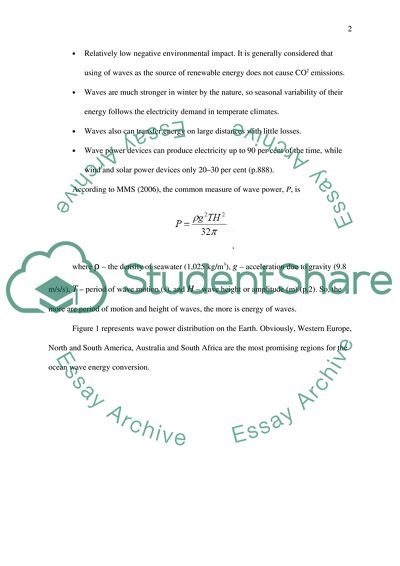Cite this document
(“Centre for Renewable Energy Sources Literature review”, n.d.)
Centre for Renewable Energy Sources Literature review. Retrieved from https://studentshare.org/environmental-studies/1744565-wave-power-oyster
Centre for Renewable Energy Sources Literature review. Retrieved from https://studentshare.org/environmental-studies/1744565-wave-power-oyster
(Centre for Renewable Energy Sources Literature Review)
Centre for Renewable Energy Sources Literature Review. https://studentshare.org/environmental-studies/1744565-wave-power-oyster.
Centre for Renewable Energy Sources Literature Review. https://studentshare.org/environmental-studies/1744565-wave-power-oyster.
“Centre for Renewable Energy Sources Literature Review”, n.d. https://studentshare.org/environmental-studies/1744565-wave-power-oyster.


